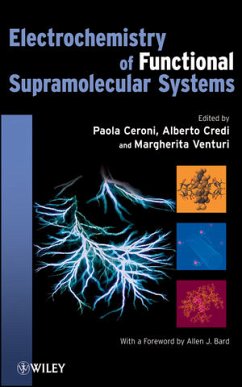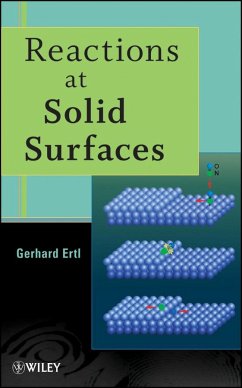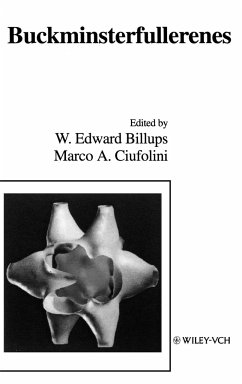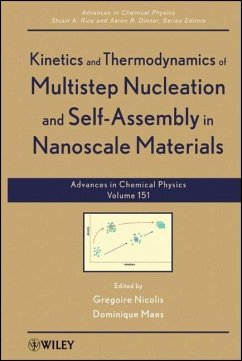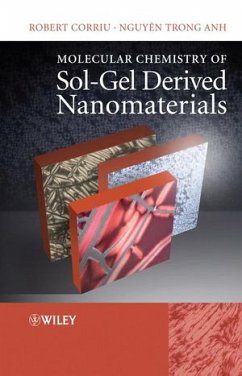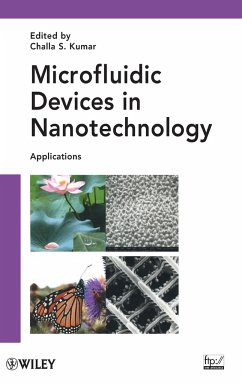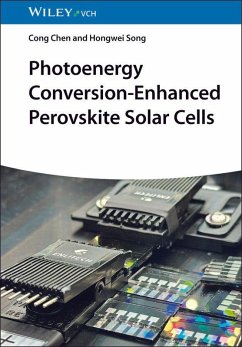
Power Ultrasound in Electrochemistry
From Versatile Laboratory Tool to Engineering Solution
Versandkostenfrei!
Versandfertig in über 4 Wochen
142,99 €
inkl. MwSt.
Weitere Ausgaben:

PAYBACK Punkte
71 °P sammeln!
Sonoelectrochemistry is a safe, cost-effective, environmentally friendly and energy efficient technology Power Ultrasound in Electrochemistry demonstrates how sonoelectrochemistry offers a practical sound solution to many industrial processes, e.g. water and soil remediation, heavy metals removal, production of micro- and nano-sized pharmaceutical ingredients. Edited by a leading name in the field, this comprehensive reference is relevant for both academic researchers, and practitioners in industry.
The use of power ultrasound to promote industrial electrochemical processes, or sonoelectrochemistry, was first discovered over 70 years ago, but recently there has been a revived interest in this field. Sonoelectrochemistry is a technology that is safe, cost-effective, environmentally friendly and energy efficient compared to other conventional methods. The book contains chapters on the following topics, contributed from leading researchers in academia and industry: * Use of electrochemistry as a tool to investigate Cavitation Bubble Dynamics * Sonoelectroanalysis * Sonoelectrochemistry in environmental applications * Organic Sonoelectrosynthesis * Sonoelectrodeposition * Influence of ultrasound on corrosion kinetics and its application to corrosion tests * Sonoelectropolymerisation * Sonoelectrochemical production of nanomaterials * Sonochemistry and Sonoelectrochemistry in hydrogen and fuel cell technologies






